8/26/16 I didn’t think it was possible but this trip just keeps getting better.
From Kibbutz to Ha-Heizitim to Shabbat.
I Samuel 6:17 The Philistines returned for a trespass offering unto the LORD; for Ashdod one, for Gaza one, for Askelon one, for Gath one, for Ekron one;
Before our travel began, we had an opportunity to receive a strategic overview from a former director of counter-terrorism. He had some insightful views of the various conflicts in the Middle East that included Egypt, Syria, Lebanon, Iraq, Iran, etc. He spoke candidly about the issues and I think one of the most insightful things that he said was to ignore anything that is said by any of these countries in English. He stated that in order to understand their real intent you have to hear their words in Arabic and read the Koran in the same language because things are lost in translation. He made some really strong statements on what he would recommend to bring a degree of stabilization to the region and even had a solution to stop ISIS quickly. Obviously he’s speaking from a military perspective, so even with a simple solution there would be some complex ramifications. He also mentioned that he’s a secular Jew which is actually approximately 50% of the population. These are persons that have a sense of loyalty to the nation but do not practice Judaism. This sounds like something in the book of Judges, but let me stay on point. With his statement about being a secular Jew, in the same moment he mentioned that there is no such thing as a secular Muslim and they will follow the Koran and hold to Sharia law.

This was a great presentation to prepare us for our visit to the Palestinian region. Interesting fact, when Rome crushed a Jewish revolt in 135 AD, the emperor applied the name Palestine to the land which actually means “way of Philistines”. While traveling to the region, we had a view of the city of Ashkelon which is the very same place where Samson gave the riddle and ended up slaying thirty men (Judges 14).
Yet, the best part of the journey was being on the bus with a bunch of ministers, preachers, pastors, and elders. We literally had a church service. No, I mean literally. We had praise and worship. We had another pastor give the word and he took us to Calvary. We also had a pastor give an invitation for someone on the bus to give their life to the Lord. As you can imagine, there have been some lively theological discussions, but it was a joy filled moment that I was glad to share with my brothers and sisters. Big thanks to Elder Dana Braithwaite, Pastor Donte Hickman, Ms. Jasmine Ross, Pastor Micaiah Young & a host of others.
Next, we reached our destination just outside of the Gaza Strip that is controlled by the Hamas and the proximity to the border was extremely close. The Palestinians in Gaza used to travel to Israel for work and were paid up to 10 times more than what they would receive in their hometown. But after the attacks, the borders have been closed resulting in an extremely high employment rate for its 1.8 million people. Gaza has become a launching pad for attacks against Israel and our next stop was to a kibbutz.
Kibbutz means “a gathering, clustering” and is a small coop community that was used originally for agriculture but has evolved into a small community made up of residential areas. We had an opportunity to meet Chen Kotler-Abrahams, one of the residents within that was close to the Gaza Strip. She described how the community is supportive of each other. The conversation then turned to her mindset with the constant risk and threat of being terrorized by Hamas rockets. The Israelis have an advanced defense system that is able to thwart approximately 90% of rocket attacks and with the remaining, a “red code” is issued to alarm the community of an incoming rocket. They have shelters located all over the place. Once the alarm is sounded you have approximately 15 seconds to find cover. She even described an incident where her son and other children were playing outside for school and the alarm was sounded. She was about 45 feet away and had to take cover knowing that she could not get to her son. She could see him from where she was and couldn’t get to him. She then begin to describe the on-going trauma of having over 600 alarms within a short amount of time and the traumatic stress that each child would experience. She said when children are playing you can hear their laughter and joy but after each red code they come out different. She doesn’t make long-term decisions and many of the persons in the community suffer from memory loss, substance abuse, and eating disorders. My heart was absolutely shattered thinking of children and people having to grow up with this as a norm. The question was then asked why would you stay knowing there is this constant threat and risk. She said, “This is my home and where I’ve grown up…I want to hate them but I don’t have the luxury of hate because I have the hope of reconciliation so that my son won’t grow up hating them.”
At this point I was done. Her response wasn’t contrived but she genuinely had this hope in her heart that this would get better. Wow. We formed a circle and prayed with her in that very moment.


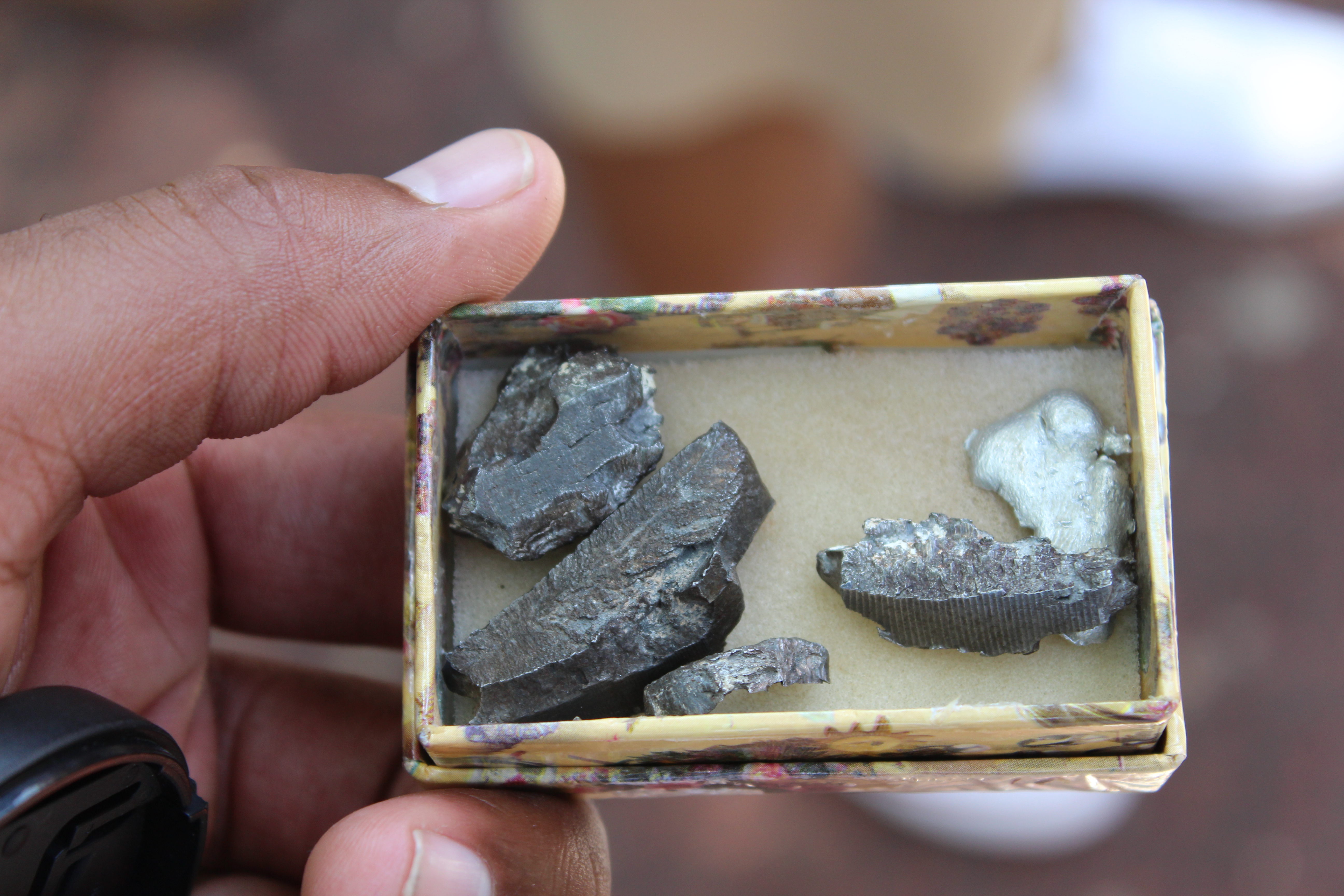
Next, we traveled to meet with a soldier for lunch that actually served during the time when they were responding to the Hamas attacks from the Gaza strip. He described some of his experiences of finding weapons in residential areas and the challenge of doing their absolute best to avoid civilian casualties during that time. On a side note, the interesting about the restaurant is that it employs at-risk children and only serves vegetarian food.
Now this next part was really exciting for me — knowing that I was visiting a place that scripture tells us Christ prayed one of my favorite prayers in a special garden. We read Luke 22:42-46 before going inside:
Luke 22:44 And being in an agony he prayed more earnestly: and his sweat was as it were great drops of blood falling down to the ground.
Yes, you guess it right. We went to the Garden of Gethsemane and this is where the Church of All Nations is actually located. This was a fantastic experience because I had an opportunity to pray the same prayer (one of my favorites) in the same area as our Lord frequently visited.
Mark 14: 36 And he said, Abba, Father, all things are possible unto thee; take away this cup from me: nevertheless not what I will, but what thou wilt.
Hallelujah! Okay, I’m back now. Har Ha-Heizitim actually means Mount of Olives and this church sits at the foot which is obviously important because scripture teaches this will be the same place to which Jesus returns.
Acts 1:11-12 Which also said, Ye men of Galilee, why stand ye gazing up into heaven? this same Jesus, which is taken up from you into heaven, shall so come in like manner as ye have seen him go into heaven. Then returned they unto Jerusalem from the mount called Olivet, which is from Jerusalem a sabbath day’s journey.
Then it made sense why there were so many graves in the area since we know that the dead in Christ shall rise first.
Today, I also learned to say Shabbat shalom which means “peace on the Sabbath”. This was important because the city was beginning to prepare for the Sabbath as the sun was setting.
We went back to our hotel to share the weekly meal with a 10th generation rabbi by the name of Levi Weiman-Kelman and his wife Paula. Once we gathered for dinner the Rabbi explained the meaning and purpose of the Sabbath. He mentioned that it was built into the DNA of the cosmos based on Genesis 2:1 and was tied to the Passover feast in celebration of their ability rest in their freedom from slavery. He started off by blessing the wine and then explained why the bread was covered. The covering of the bread represented paying homage to the importance of both elements in the feast and wanting to give proper attention to both. He then held up the two pieces of bread and reminded us there were two pieces signifying that no additional manna would fall on the next day.
The bread was then broken and given to each us along with an “angel card” to represent the angels that would visit them during the Sabbath. My card had “renewal” on it.
Each of us was then asked to introduce ourselves and to participate in the Sabbath tradition by sharing our experience. I expressed gratefulness for God’s renewal in my life during this season and quoted:
Isaiah 40:31 But they that wait upon the Lord shall renew their strength; they shall mount up with wings as eagles; they shall run, and not be weary; and they shall walk, and not faint.
The rabbi the described that the weekly Shabbat replaced the need for temple sacrifices and that it was important to be done with family and emphasized the importance of community. The food was great, but I wasn’t ready for the next part. The singing.
Singing is an important part of Shabbat and we were each given a paper for us to sing along. One of our brothers actually brought out that Moses initiated singing in the festival because we don’t stutter when singing. Hallelujah! If you can remember, Rabbi Levy is actually a 10th generation rabbi from the Levitical tribe. He shared a photo of his father’s mentor marching with Dr. Martin Luther King, Jr.
When his father’s mentor met King, they agreed to have the Passover together that year but unfortunately, King was assassinated. When that happened, Rabbi Levy’s his father added to their Shabbat experience the singing of “We Shall Overcome” in Hebrew. We sang this song together and I couldn’t even get though the words. I’ve sang this song countless times before and I felt this indescribable connection to Israel. Our sisters then led us through a verse of Amazing Grace and again I couldn’t even sing along.
Something has changed in me and I’m not even sure how to articulate it. Thank you Lord.
We then spent the next few minutes speaking with Rabbi Levy and he responded to a number of topics. He answered questions on building strong young men, teaching the Torah, how he teaches Leviticus, Israel as a light to the nations, Isaiah 58 as a call to social justice, and how each family member embodies the memory of being liberated from slavery.
This was powerful. Shabbat Shalom.
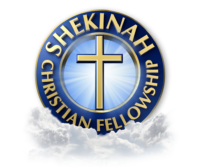

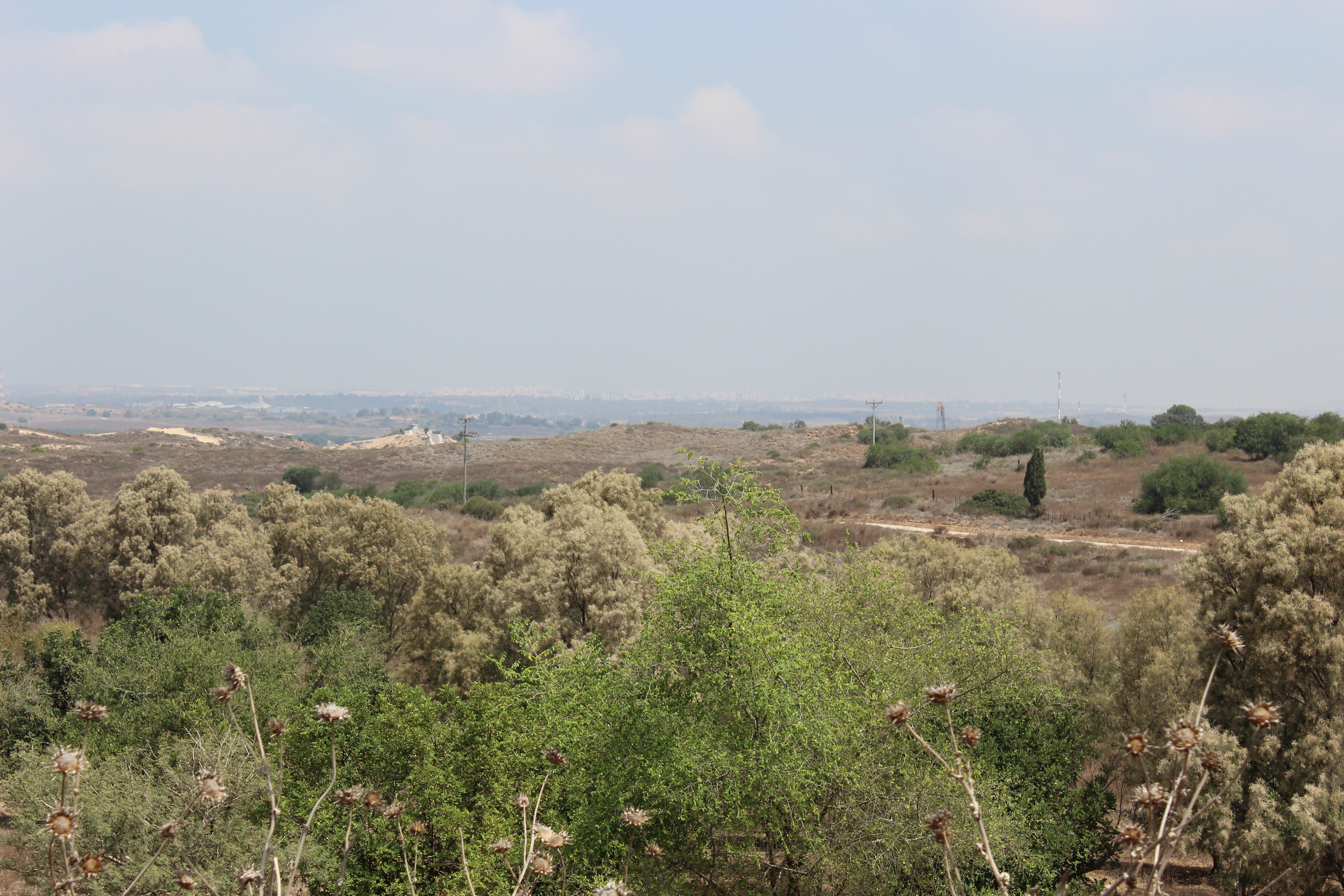










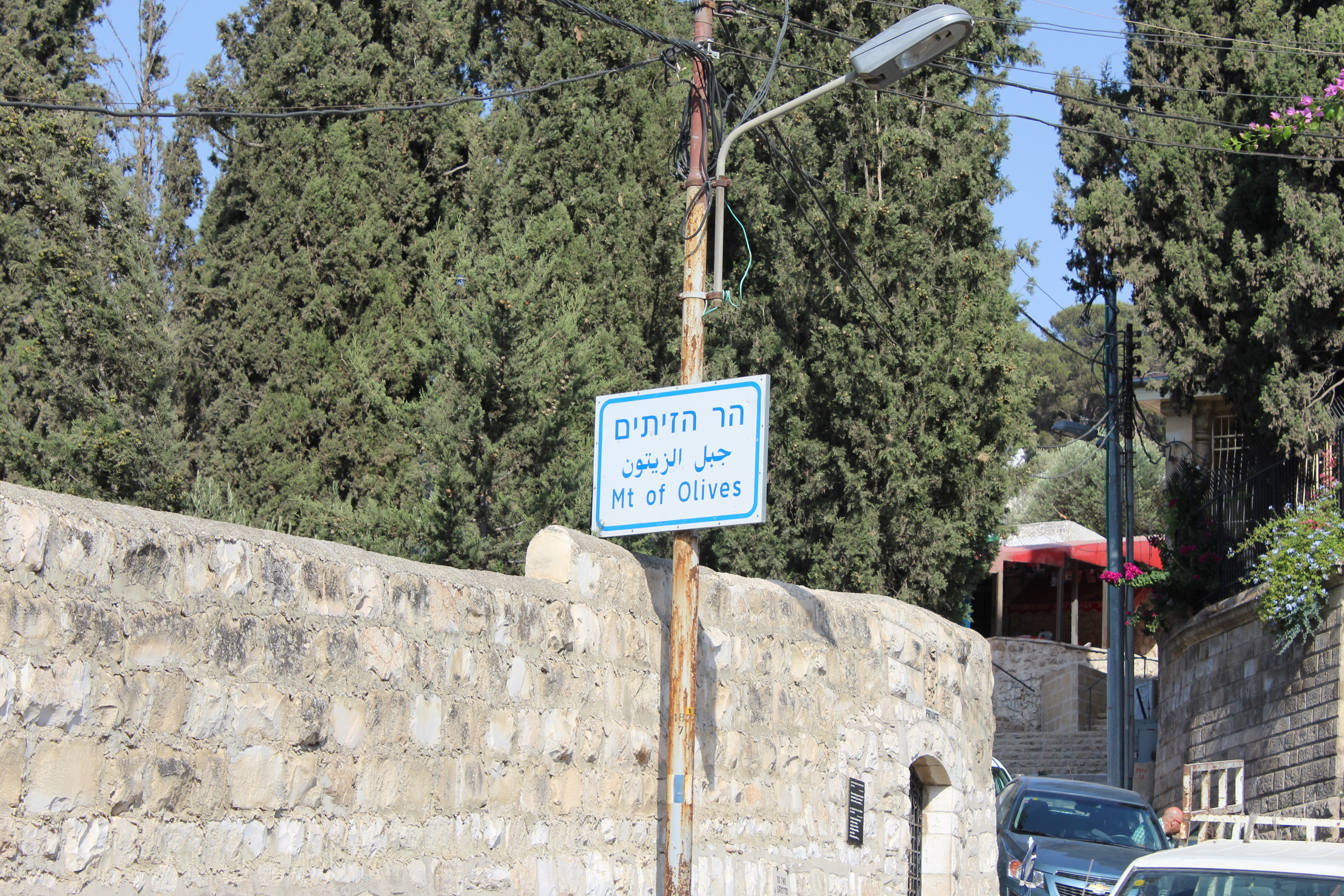

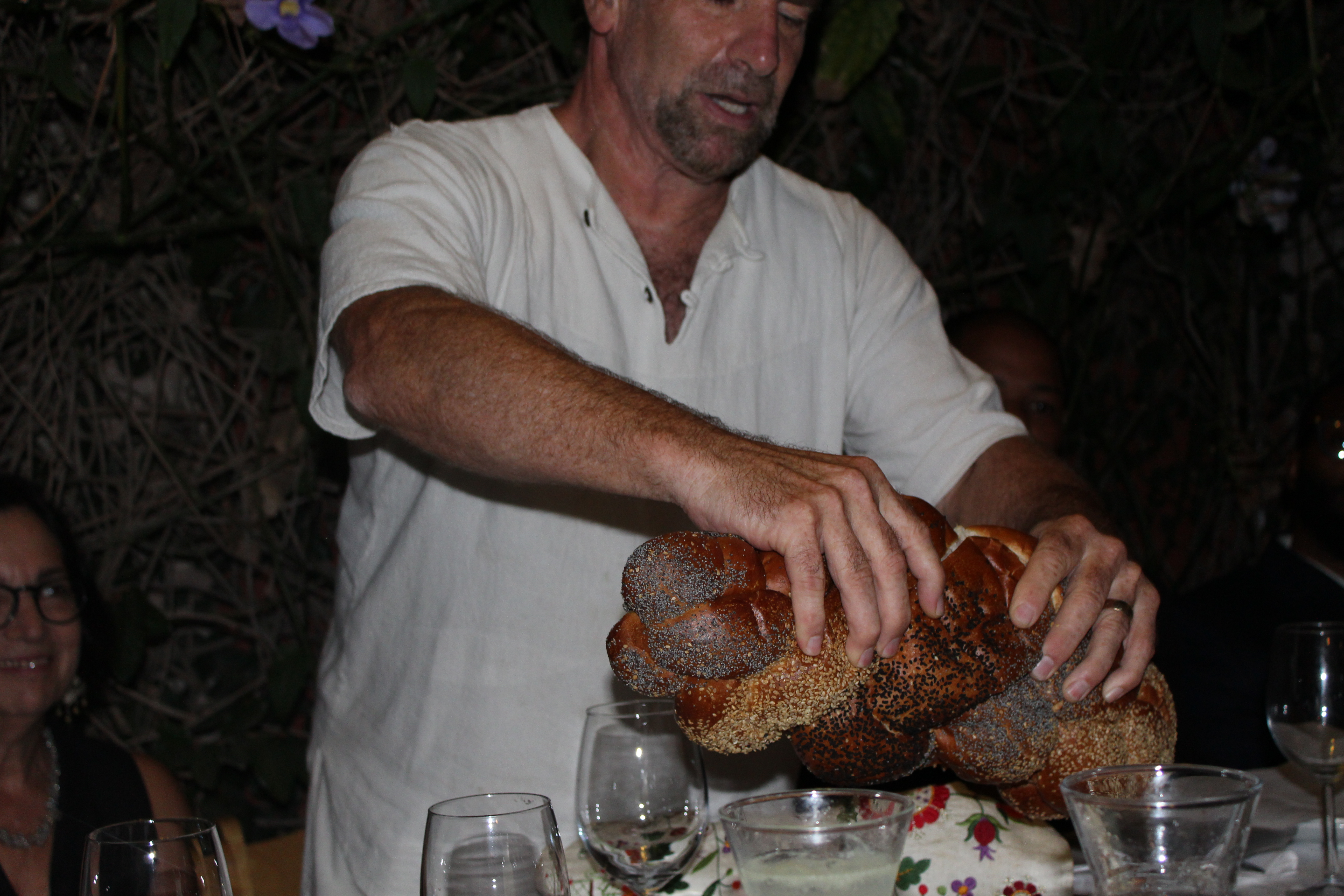
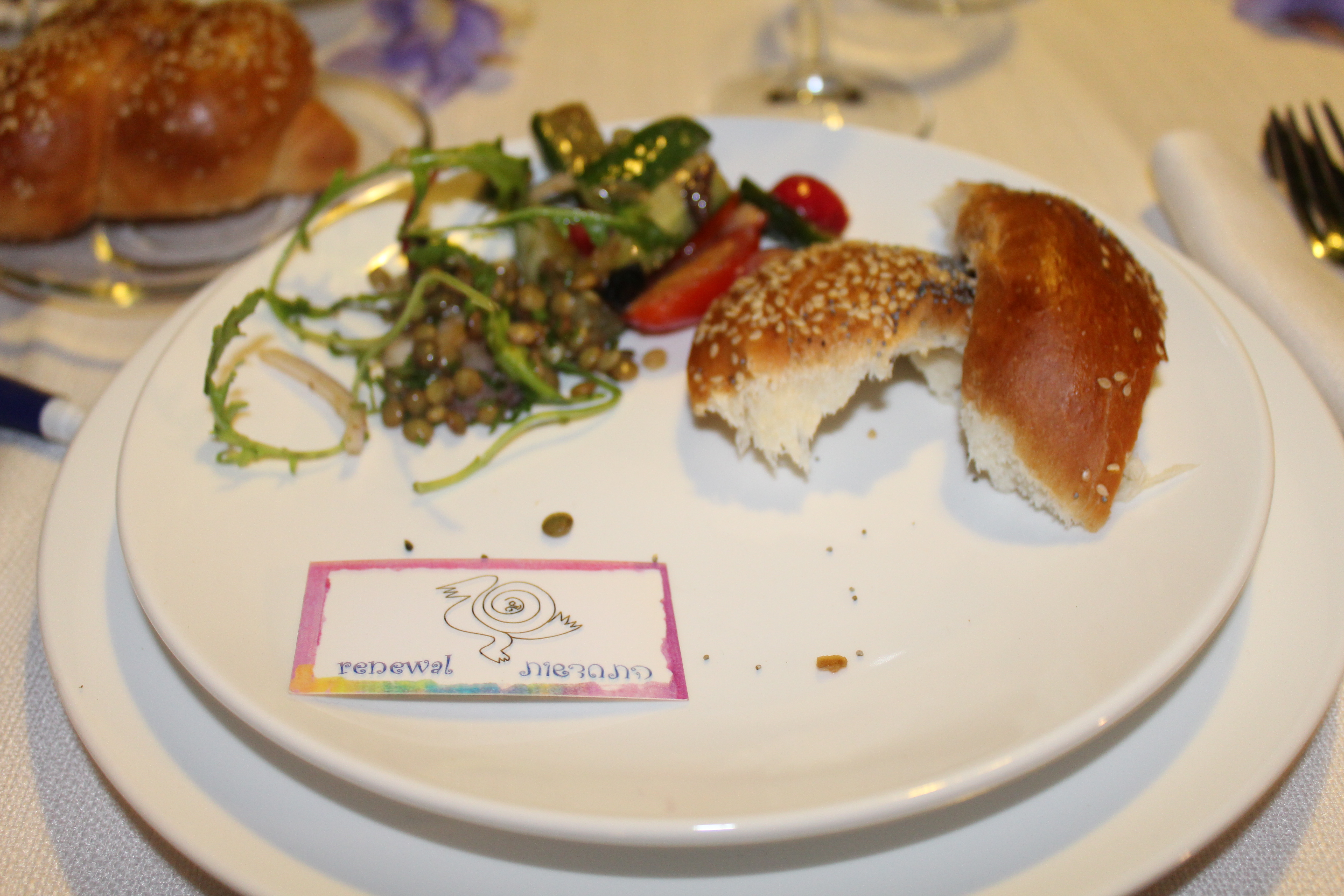


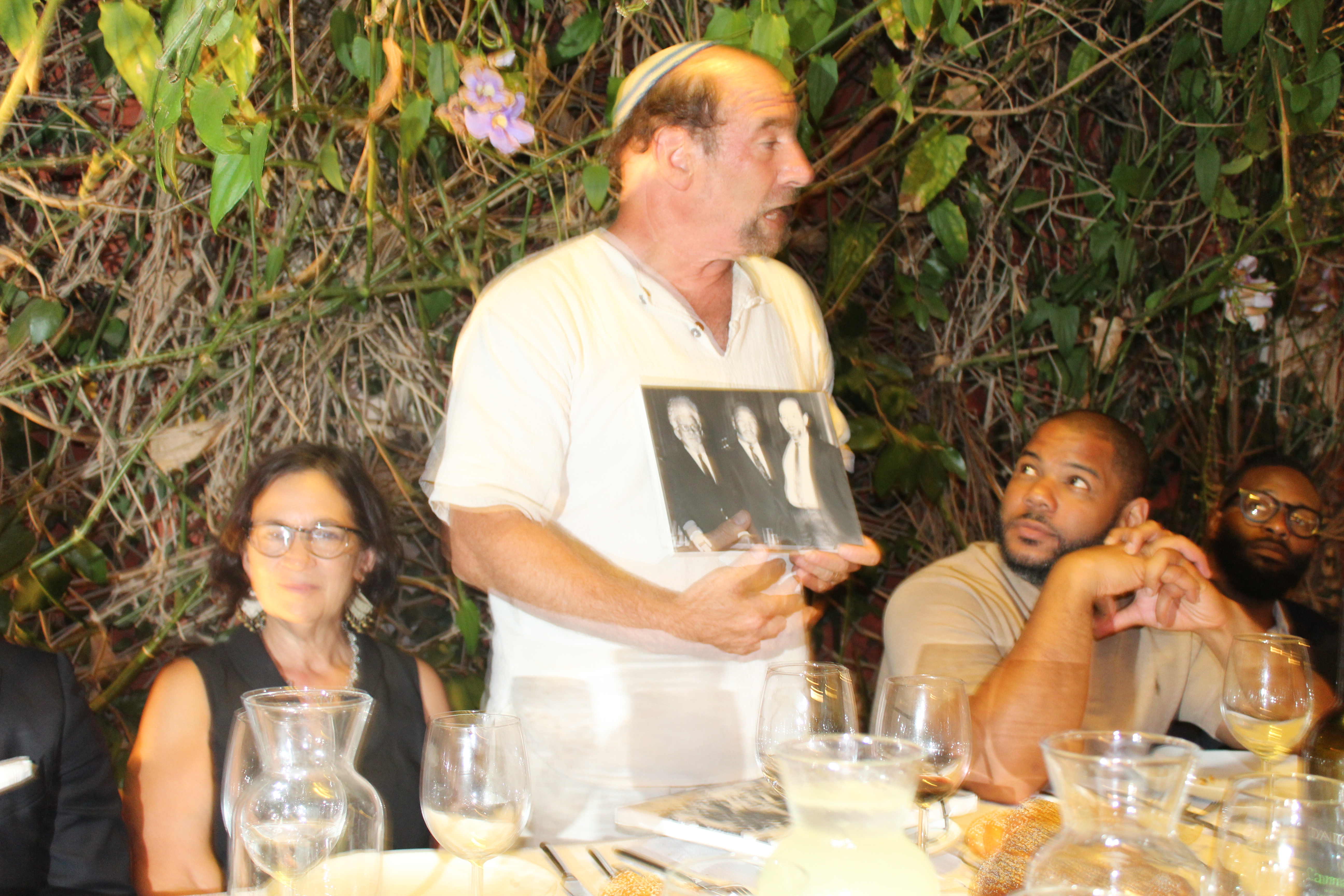
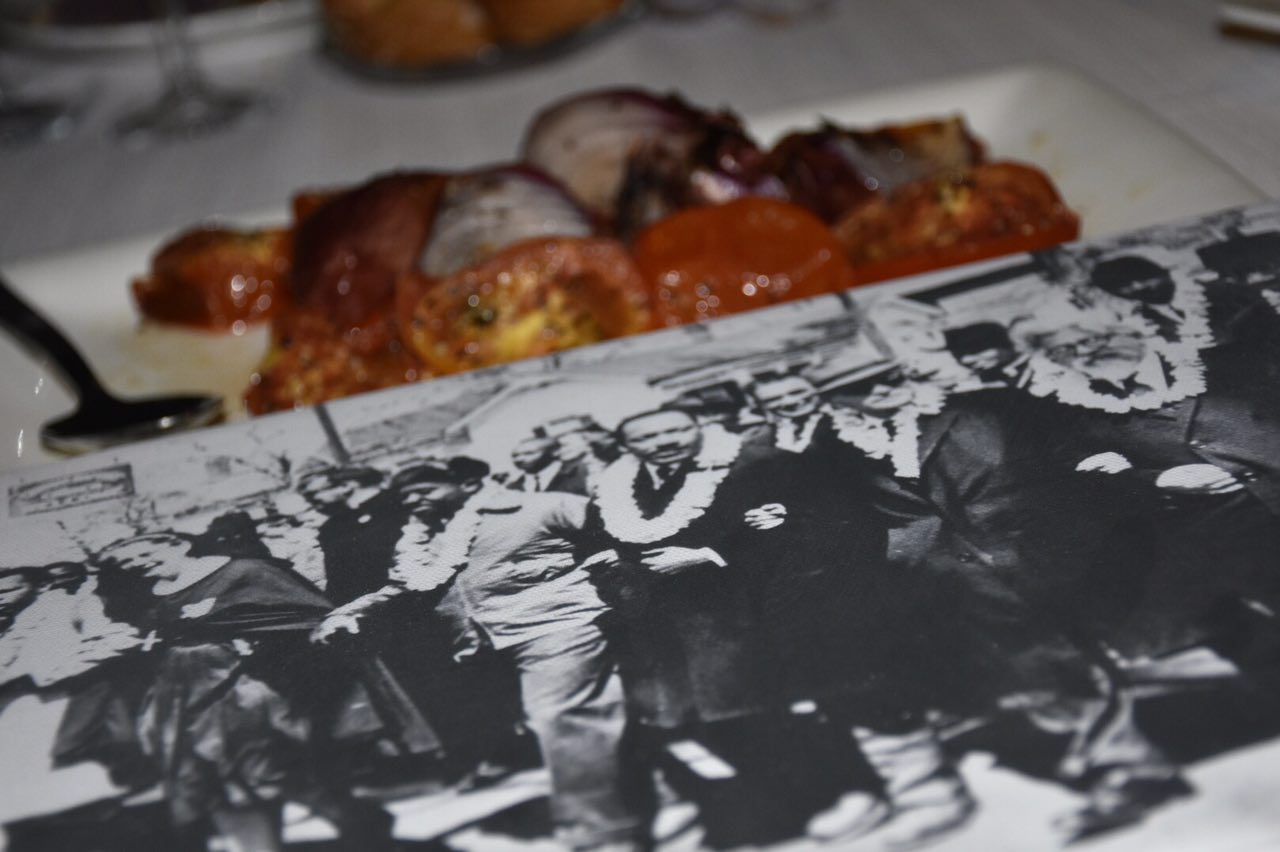






6 thoughts on “Journey to Israel: Middle Eastern Conflict, Gethsemane, & Shabbat”
Oh Pastor, Thank you for being so transparent!!! In the aftermath of praying where Jesus prayed, the Father hath sent His angel with the message of, renewed strength!
Job 29:20 My glory was fresh in me, and my bow was renewed in my hand and
Gen 49:24 were, “Where we are Going” scriptures…on Friday Night!! –
The Father hath given you His heart for Israel….”I felt this indescribable connection to Israel.” -“Turn us again, O God, and cause thy face to shine; and we shall be saved.”
-Ps 80:3
Again, amazing!
Oh how I am so loving our journey…Pastor Hillman your experience has enlightened our hearts and minds and has prepared our spirit for “Renewal”…I love that God gave you this word, it speaks volumes of your encounter in The Holy Land…The story of the mother really touched my heart especially when said said; “I don’t have the luxury to hate, but the hope of reconciliation”.. That should be the thoughts of both Israel and Palestine that is the solution to end the war…HOPE OF RECONCILIATION……thank you again for another amazing journal entry..love you Pastor
Very nice article. I certainly love this website.
Stick with it!
Fascinating blog! Is your theme custom made or did you download it from somewhere?
A design like yours with a few simple adjustements would really make my blog stand out.
Please let me know where you got your theme. Many thanks
Our Theme is from Envato, but it is discontinued.